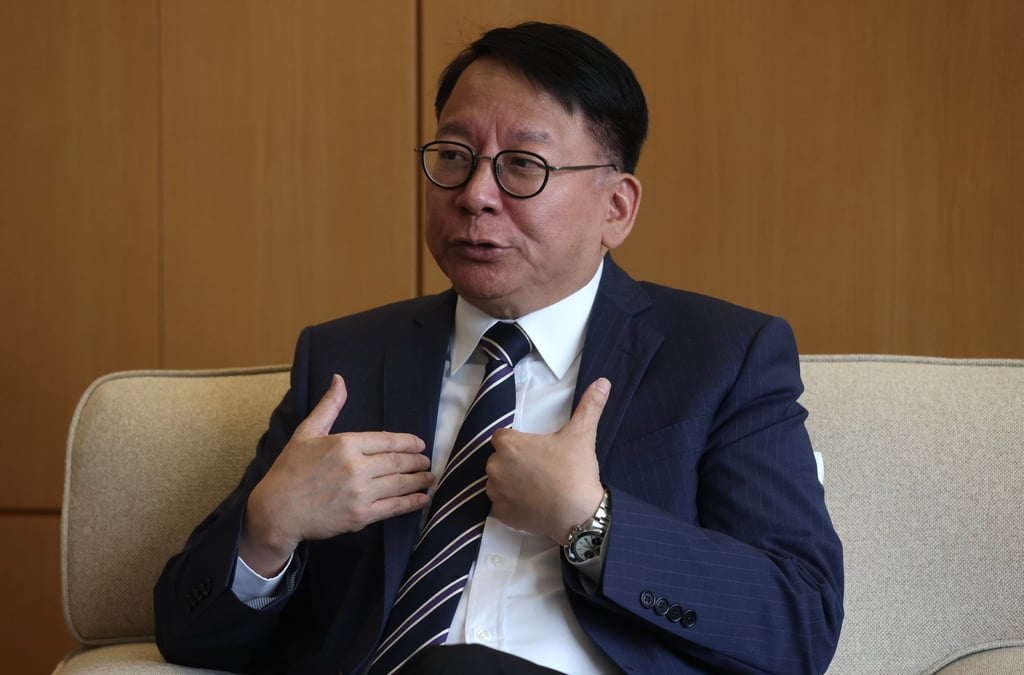Hong Kong No 2 official Eric Chan predicts city will bring in 100,000 people under talent admission schemes this year
- Chief Secretary Eric Chan says applications for various talent admission schemes have already exceeded 80,000 in first five months
- Authorities have approved 49,000 applications, with nearly half under new Top Talent Pass Scheme

Hong Kong’s No 2 official on Saturday predicted the city would be able to bring in more than 100,000 people this year as applications for various talent admission schemes had already exceeded 80,000 in the first five months.
The figures greatly exceed the government’s original yearly targets, according to Chief Secretary Eric Chan Kwok-ki, as authorities had approved 49,000 applications so far.
“Initially we set the annual goal of 35,000 workers as an objective, but it turns out we received more than 80,000 applications in just five months. So, I think this year we could have more than 100,000 people,” he told a radio programme.
About 84,000 applications reached authorities from January to May through the different schemes, according to a government spokeswoman. The Top Talent Pass Scheme, launched in late December, accounted for about 32,000 of the hopefuls.
The government had approved 58 per cent, or about 49,000, of this year’s total applications as of last month. Nearly half, or 21,000, were for the new talent pass.
The popularity of the schemes proved many people were still confident about the city’s future, Chan said. “These people are resourceful and they are coming to work in Hong Kong because they know for certain that the economic outlook is good.”
